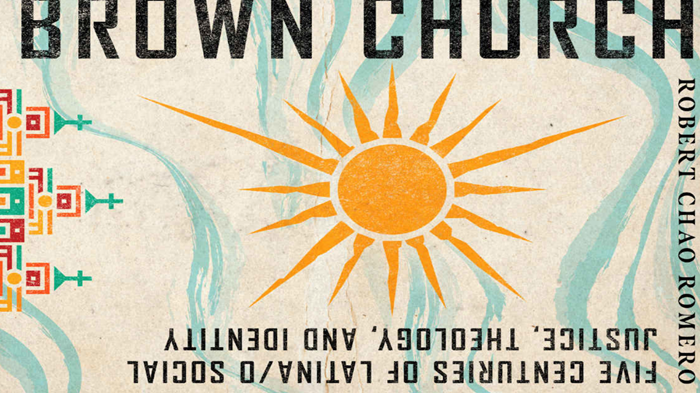Christian Liberation in Mexico and the Brown Church

Mexico was colonized in the 16th Century by Spain in what is called the Spanish Conquest. This was done with Spain’s power and support, it was done as well with the Catholic Church’s support and power. It was “Christian” colonization with the theory that it was best to conquer in order to convert to the Christian faith.
One estimate is that as much as 95% of the Indigenous people (commonly called “Indians”) from today’s Dominican and Haiti to Mexico was wiped out due to violence, disease, malnutrition, forced labor, outmarriage, and rebellion. “Indian” includes Taino, Guanahatabeys, and Island-Caribs. Decimated, replaced by Africans and Spaniards and later also other Europeans.
In Mexico today to be “Spanish” to be upper class and powerful; to be “Indian” (indigenous) is to be lower class and oppressed. A caste system and systemic racism came into existence through the Eruopean invasion of the Caribbean at the hands of Spain (Christopher Columbus and others).
All this from Robert Chao Romero’s informative, accessible new study Brown Church.
The chapter for today tells us more about the resistance and the message of liberation from colonial Spain than about the conditions. The principal figures are Antonio de Montesinos and La Virgen de Guadalupe, but especially the powerful work of Bartolomé De Las Casas (1484-1566). It is said in the book that what we now know as liberation theology has its Latin origins in Montesinos, Las Casas and La Virgen’s vision to Juan Diego.
You realliy must read this book, but I will give you some highlights.
First, in 1511 – I was impressed how early these liberation themes were developed right out of Catholic Christian theology – Montesino preached prophetic sermons against enslaving and oppressing and brutalizing Indians. He gave birth then to the Brown Church as he offered a multicultural protest to Spanisn imperialism and colonialism.
Second, the focus of the chapter is on Las Casas, and he is impressive in all respects (except his momentary policy of permitting African slaves to replace the Indian slaves). After his conversion to justice and perception of injustice to the indigenous, he spent his life fighting imperialism. He established social justice Catholicism in Mexico. His theology was race conscious. He wrote major books chronicling the stories. He believed the only legitimate form of missions was peace-shaped and embodied by good Christian behavior instead of violence and coercion. He worked to abolish slavery and the systemic structures creating it. He was the first labor organizer of the Americas. He fought Spain’s imposed “Laws of Burgos” (legal racism, systemic oppression, paternalistic religious instruction through colonial conquest) and “The Requirement,” which turned indigenous peoples into Canaanites worthy of conquest and death. He saw it all as a mockery of the gospel, and worried more about the reputation of Christ and the gospel.
Third, La Virgen and the vision to Juan Diego. The Virgin appears in the dress of the indigenous to an indigenous man that was eventually embraced, a church/shrine built, and it all led to the massive conversion of indigenous (Indian) Mexicans. “God broke through” the systemic forms blocking access to the Indians.
Jesus Creed is a part of CT's
Blog Forum. Support the work of CT.
Subscribe and get one year free.
The views of the blogger do not necessarily reflect those of Christianity Today.


















